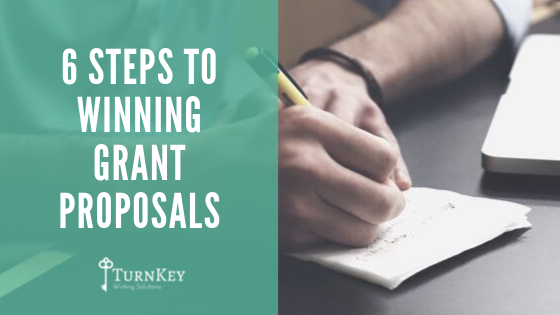Finding the Sweet Spot: Balancing Data and Heartwarming Stories in Grant Proposals
- Kristin Chute

- Feb 21, 2023
- 3 min read

When it comes to grant writing, it's important to find the balance between tugging the grantor's heartstrings and providing hard data. You need to be able to tell a compelling story that evokes emotion, but you also need solid data to support your proposal. Here are some tips for striking the right balance in your grant writing.
The Essential Role of Data in Grant Writing
In grant writing, using data is critical to demonstrate that you understand your target group's needs and justify why your project deserves funding. But not all data is created equal. To create a successful grant proposal, you must ensure the data you present is accurate and relevant to your project. It's also important to remember that data should be used strategically, not just included, for the sake of having more information.
To make your proposal stand out, carefully research and analyze the data you gather. By doing so, you can accurately highlight the need for your project in the needs assessment section of your proposal.
But don't rely solely on data – use compelling stories to further illustrate the impact your project will have. A well-crafted combination of data and storytelling will make your proposal engaging and memorable.
Unlocking the Power of Emotional Connection in Grant Writing
It's important to go beyond the hard data and connect with your readers emotionally. With well-crafted stories that create an emotional connection, you can build trust and tell potential donors why your project is worth supporting.
To make this emotional connection, you must effectively communicate your story in words that evoke emotion. Consider using compelling visuals, like photos or videos, and touching language to capture donors' attention and draw them into your story. Additionally, drawing inspiration from other successful proposals can help you craft more effective narratives for your own.
Using the power of emotion along with solid evidence can help take your proposal from good to great. By developing a heartfelt narrative for your grant writing goals, you will be better positioned for success when applying for funding.
How to Find the Balance Between Hard Numbers and Emotional Appeal in Grant Proposals
Balancing emotions and data when making important decisions can be challenging. Heartstrings offer insight into the situation, while hard data is more scientific and analytical.
Here are some practical tips to help you find balance:
Incorporate visual aids like charts, graphs, and infographics. Breaking up your text with visuals makes it easier for readers to comprehend your message.
Including storytelling elements in your writing, such as anecdotes or stories that relate to the data you're presenting, can add an emotional component that stays with your readers long after they finish reading.
While presenting data is important, providing context and explanation is equally crucial to ensure your readers fully understand its significance. Don't assume your audience will understand the data's importance; make sure you explain why it matters and how it relates to your project or cause.
Use simple language when discussing complex topics. Technical jargon and complicated terms may confuse non-experts and make them less likely to engage with your proposal.
Explore creative visualizations and innovative ways to present your data. Doing so can help your proposal stand out and make a lasting impression on your readers. Remember to be creative and think outside the box when crafting an engaging and informative proposal that balances data and storytelling.
Finding the Winning Formula
Success in grant writing is about finding the right balance between all the components in a proposal. A well-articulated project, an attractive budget, and a clear indication of the measurable impact of funds are essential for any successful grant application – but if that is not presented in a manner that catches and holds the attention of the reader, no amount of excellence in project design can lead to success.
Appealing to the head and heart is key to successful grant writing. You need to be able to make your case with data, but you also need to show why your work is important. The best way to do this is by finding the right balance between hard data and emotional stories.
I hope these tips and strategies for balancing data and client stories in grant proposals have been helpful. Let us know what you think in the comments below, and don't forget to share this post with your fellow grant writers!

Kristin Chute is a freelance writer with a passion for helping nonprofits increase their reach and impact. She has written for companies offering SaaS solutions, nonprofits directly, and donor loyalty programs.
Kristin believes in the power of nonprofit organizations to change the world. With expertise stemming from her career and personal connection to volunteering at her childhood summer camp, she shares insights to help nonprofits increase their reach, engage supporters, and amplify fundraising efforts.




Comments